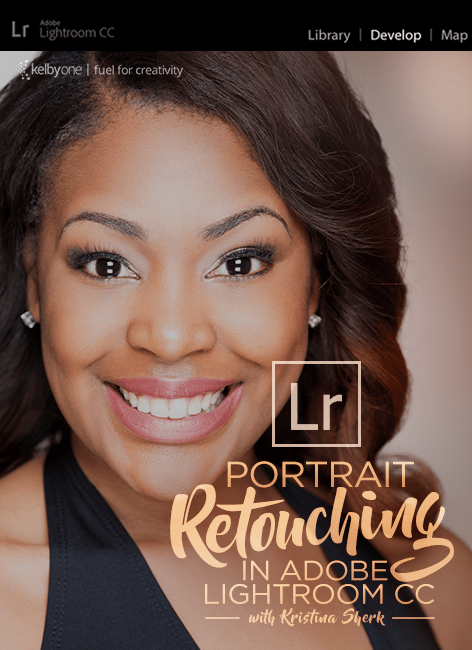
- GRADUATION PORTRAIT RETOUCHING SKIN
- GRADUATION PORTRAIT RETOUCHING PROFESSIONAL
- GRADUATION PORTRAIT RETOUCHING FREE
The ideal size depends on what you want to do with the photos. What is a good size for a graduation photo? Yes! Your graduation is a momentous occasion that you’ll want to remember. Whether you take the pictures yourself or hire a photographer, they are totally worth it. She’s had six years of experience as a portrait photographer and only works locally. I have a friend in Sydney who charged the equivalent of US$600 to deliver between 50~100 fully edited graduation photos. Travel expenses: Do you need to drive far to take the graduation photos? What is the cost of your fuel/car insurance/etc?.Market research: Look at what other graduation photographers in your area are charging for similar services.

GRADUATION PORTRAIT RETOUCHING PROFESSIONAL
GRADUATION PORTRAIT RETOUCHING FREE
If you wear makeup in your everyday life – then yes, feel free to use it for the photoshoot too. You don’t have to wear makeup for your graduation photos. Do I have to wear makeup to graduation?.The important thing is to stay away from flashy colors and busy patterns. If you feel bold, you can wear something contrasting. You can use neutral colors to look good with whatever colors are on your gown. To add an accent to your outfit, use a contrasting color tie. This outfit has a timeless quality that makes it a classic. You can’t go wrong with a white shirt and a solid color tie. The first rule is to consider the color of the gown.

GRADUATION PORTRAIT RETOUCHING SKIN
Since we have the frequency separation layers we can also blend out other parts of the skin by the combination of patch and clone stamp tools. You’ll notice that it only changed the colors and the skin texture is untouched. Keep patching it out until you blend it nice and clean. Encircle the area you want to fix, then drag it to the skin color you want it to imitate. Begin with the ‘low’ layer by using the patch tool. So going back, we want to slightly smoothen the parts of the skin and reduce the shine on the forehead using the frequency layers. Simply put, high is the texture layer and low is the color/tone layer.

You will see the ‘high’ and ‘low’ frequency layers. Let’s work on the frequency separation layers. If done well, it stops the subject from looking artificial and too heavily edited. Low Frequency- color, tones, and skin transitions from light to dark are on the second layer and typically called low frequency or color/ tones layer.īy separating the image in this way you can remove blemishes and blend skin color without losing overall skin texture.


 0 kommentar(er)
0 kommentar(er)
